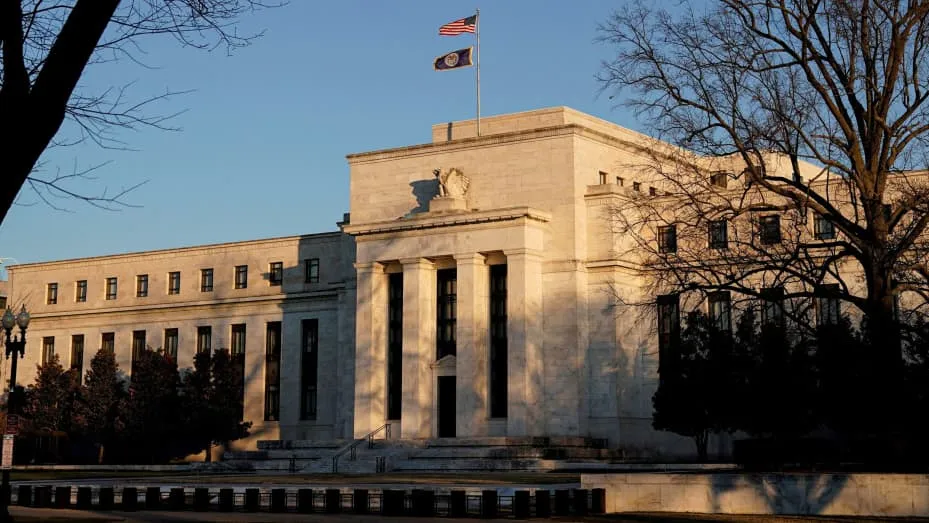Despite the Fed's rate hikes, nothing has changed. Here are the hidden reasons.
Despite the Federal Reserve's efforts to cool demand, consumer prices rose in January, according to inflation data released on Friday.
In response, stocks tumbled, and Fed members called for a hefty half-point hike to be announced next month. Also, the latest inflation report prompted further questions about why the economy has remained so hot nearly a year after the last rate hike—the most aggressive tightening of monetary policy in decades.
Covid-19 changed the economy so many ways that traditional economic rules no longer apply. However, the fuller explanation is more complicated. This article examines why interest-rate hikes have yet to negatively affect the economy as conventional wisdom and historical precedent would indicate.
1. Due to fixed-rate loans, most households are less vulnerable to changes in interest rates.
Throughout the 2008-09 financial crisis and through the Covid-19 pandemic, low-interest rates led to the shift away from variable interest rates that rise as the central bank tightens policy of much of the U.S. debt, both corporate and household. Due to this, the Fed now impacts consumers' balance sheets less directly than before.
Let's take mortgages as an example. More than 70% of consumer debt is owed on mortgages, according to data from the New York Fed. As nearly 40% of mortgages were adjustable-rate prior to the 2008 financial crisis, Fed rate hikes drove payments up. According to Ellen Zentner, the chief U.S. economist at Morgan Stanley, they choked off household spending.
Today, only 10% of mortgages are adjustable-and that share was even smaller when the Fed first tightened policy last year, at around 3%. Even as the federal funds rate rises, the vast majority of mortgage payments remain low.
Another 19% of consumer debt comes from student debt and auto loans, which are also fixed rates. As a result, households are less vulnerable to rising interest rates than they used to be and can spend their money more wisely.
2. Consumers benefit from excess savings accumulated during the pandemic that has yet to run out.
Households are cash-rich due to the epidemic, which initially pushed people to spend less, and the $5 trillion in fiscal stimulus implemented since 2020 still supports the economy. According to Trade Algo, excess savings, or money saved over the average rate, are expected to reach $2.7 trillion by late 2021.
Most of that money has already been spent, but a sizable portion remains. The business predicts there should be enough funds remaining to fuel expenditure through at least the first half of this year for the lowest-income households and until the end of next year for middle-income groups.
Nevertheless, new data show that consumers are saving more than they did a few months ago, implying that spending can continue. Increasing interest rates also mean greater dividends for investors, particularly those with money in high-yield savings accounts, which helps their cash pile stretch even further. Personal savings rates have risen considerably in recent months, increasing to 4.7% in January from a low of 2.7% in June.
What's the bottom line? "Consumers have more firepower than assumed," argues Richard de Chazal, a macroeconomist at William Blair.
3. Substantial cost-of-living increases for Social Security payments contributed to increased spending in January.
Consumer spending has already been robust, partly boosted by steady wage increases. Yet, it received two further boosts in January, spending even higher.
One was a sizable 8.7% cost-of-living increase in Social Security payments, which provided recipients with their largest boost over four decades and helped pad accounts, driving further spending.
The second factor was exceptionally mild weather in January, which allowed workers in some regions of the country to work longer hours than usual for this time of year. The extended workweek contributed to higher monthly earnings, with wages and salaries rising by 0.9%.
Analysts anticipate both of these to moderate in the future, but given the growing savings rate, there's no reason to believe consumer spending will fall much anytime soon.
4. Spending by consumers is particularly strong in the services sector, which contributes to the labor market's vitality.
Most of the robust spending has been concentrated in the services sector. People redirected demand away from commodities purchased during Covid lockdowns and toward experiences such as vacation or restaurant meals.
This is significant for two reasons. The first is that rising interest rates have less of an influence on the cost of services than big-ticket products like houses, vehicles, or anything else purchased on credit. This means the Fed's rate rises will take longer to reduce expenditure in such sectors.
The second reason is that service industries are labor-intensive, so high demand encourages firms to staff up. It opens the way for more hiring, which keeps the labor market strength and keeps salaries up—allowing for more spending, which starts the cycle again.
According to a Trade Algo, given that it is still 1% below its pre-pandemic average, there is likely some pent-up demand for greater services expenditure. The Fed's biggest concern may be stubborn price increases in the services sector, but it has yet to curb consumer spending.

Subscribe to our newsletter!
As a leading independent research provider, TradeAlgo keeps you connected from anywhere.








